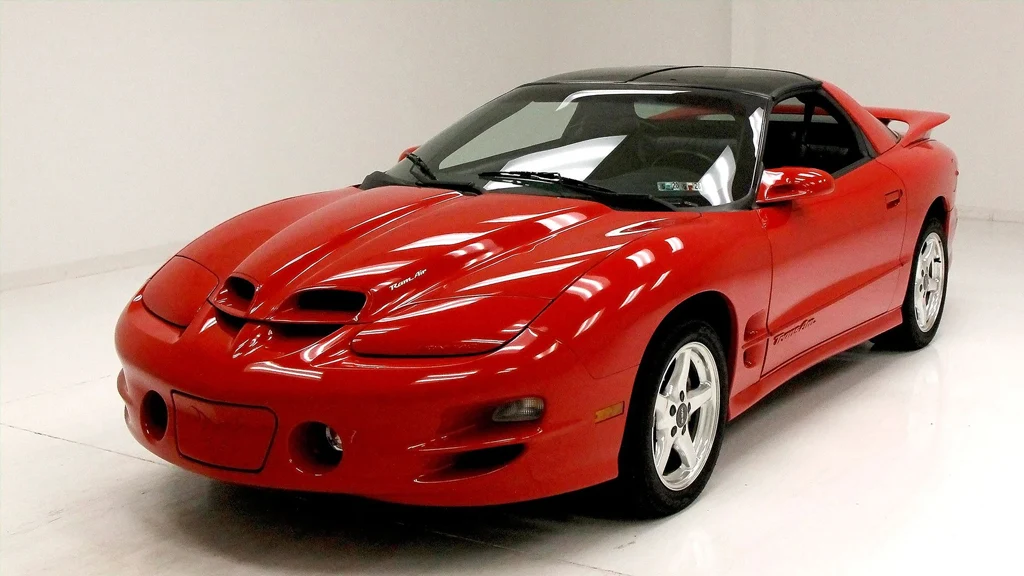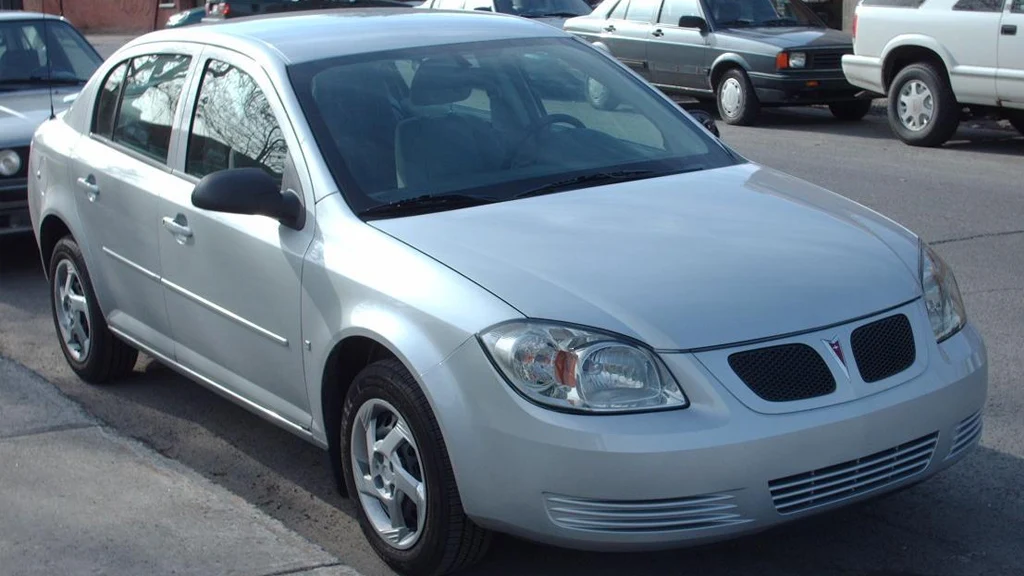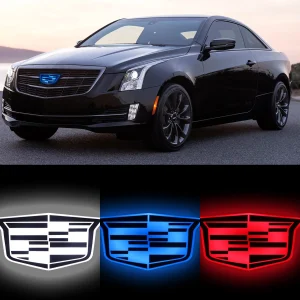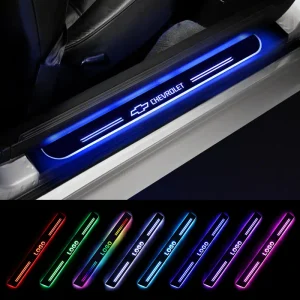In the world of classic cars, few names evoke as much passion and nostalgia as Pontiac. It was the brand of rebellious teenagers in muscle cars, the choice for stylish families in sleek sedans, and a symbol of American automotive innovation. But today, it’s a ghost—a beloved memory. So, what happened? How did a brand that once defined an era of driving excitement disappear?
The Humble Origins: More Than Just a Car
Pontiac’s story doesn’t start with a car, but with a person. It was named after the famous 18th-century Ottawa war chief, Pontiac, who led a rebellion against the British. The brand was established in 1926 by General Motors as a “companion marque” to its more upscale Oakland Motor Car line.
The goal was simple: create an affordable, high-quality car to compete with brands like Chevrolet. The first Pontiac was a hit, praised for its six-cylinder engine and value. It was so successful that it soon completely overshadowed the Oakland brand, which was phased out by 1931. Pontiac had found its footing by being solid, reliable, and accessible.
The Rise: “We Build Excitement”
Pontiac’s true golden age began in the post-war boom. While other brands played it safe, Pontiac took a risk. Under the leadership of visionary John Z. DeLorean (yes, that DeLorean), Pontiac shed its stodgy image and embraced performance and style.
The Birth of the Muscle Car (1964): This was Pontiac’s defining moment. The division sneakily dropped a massive 389 cubic-inch V8 engine into its intermediate Tempest model and called it the GTO. This car broke GM’s corporate rules on engine size, but it created an entirely new segment—the muscle car—and became an instant legend.
Iconic Models: The GTO was just the beginning. The Firebird and especially the Trans Am (immortalized by the movie Smokey and the Bandit) became pop culture icons. The Bonneville and Grand Prix offered a blend of luxury and sportiness that was uniquely Pontiac.

Throughout the 1960s and 70s, Pontiac’s slogan, “We Build Excitement,” wasn’t just marketing—it was a promise. The brand was cool, rebellious, and endlessly innovative.
The Fall: A Failure to Adapt
So, how does a brand that defined an era go out of business? The fall of Pontiac wasn’t from one single crash, but from a slow, steady decline caused by a failure to adapt to a changing world.
1. The 1970s Oil Crisis and Regulations:
The gas shortages and new emissions standards of the 1970s were a direct attack on the big, powerful engines that were Pontiac’s identity. Suddenly, “muscle” was out, and “economy” was in. Pontiac struggled to redefine itself, producing underpowered versions of its former heroes.
2. The “Badge Engineering” Curse:
To save money, General Motors began a policy of “badge engineering”—taking the same basic car and slapping different grilles and logos on it to sell across its brands. A Pontiac gradually became less of a unique, exciting machine and more of a slightly sportier-looking Chevrolet. The magic was gone. Why pay more for a Pontiac when it was fundamentally the same as a cheaper Chevy?
3. Losing Its Identity:
As the years went on, Pontiac’s lineup became confusing. It had the sporty G8 (which was actually a rebadged Holden from Australia), the underwhelming G5 (a rebadged Chevrolet Cobalt), and the bizarre Aztek SUV, which became a symbol of its identity crisis. The brand that once stood for pure excitement no longer knew what it stood for.
4. The Final Blow: The 2008 Financial Crisis:
When the Great Recession hit, General Motors was on the brink of collapse and needed a government bailout. As part of its restructuring and bankruptcy in 2009, GM was forced to simplify. It needed to shed its weakest brands. With its identity diluted and sales falling, Pontiac was seen as redundant. On October 31, 2010, the last Pontiac was built, and the brand was officially retired.

The Legacy: What Could Have Been?
The tragedy of Pontiac is that it died just as it was showing glimpses of a comeback. Cars like the critically acclaimed G8 and the potent Solstice roadster proved the spirit of excitement was still there. But it was too little, too late.
Pontiac failed because it couldn’t escape the shadow of its own glorious past and couldn’t find a new, relevant identity in a world that had moved on from the pure muscle car. It’s a cautionary tale about the importance of brand identity and the danger of resting on your laurels.
Today, Pontiacs are cherished classics. Every time a rumbling GTO drives by or a screaming Trans Am turns a head, the excitement lives on. It’s a ghost, but a friendly one, reminding us of a time when driving was an event.
What’s your favorite Pontiac memory or model? Share it in the comments below!




